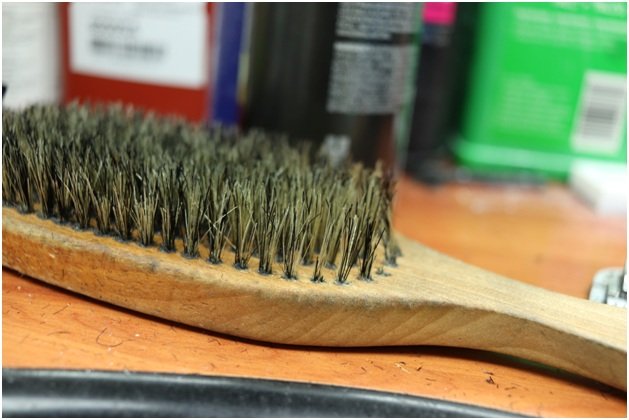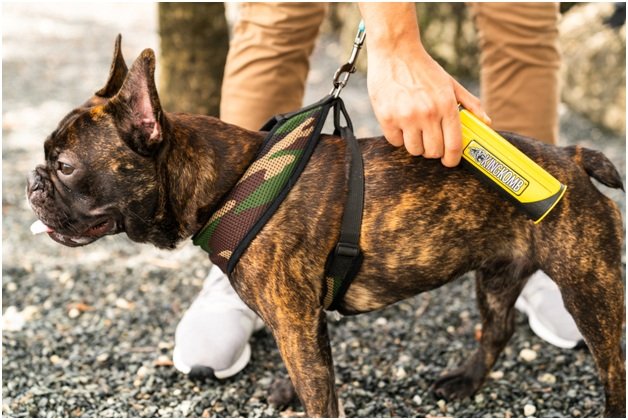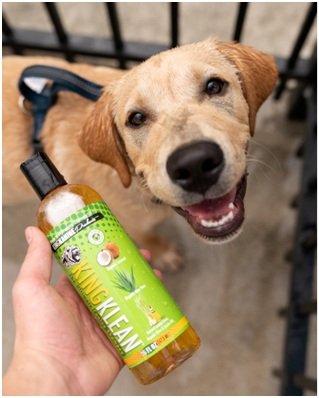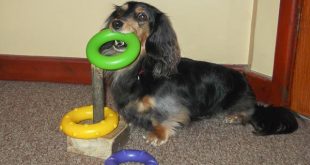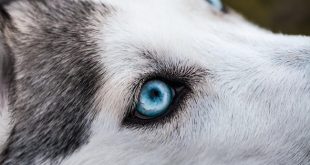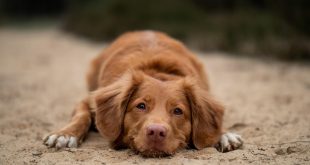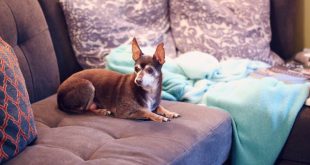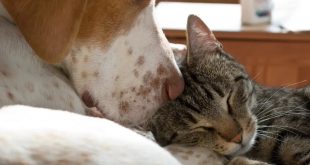We all know that shedding is likely to happen with any dog. And while it isn’t the prettiest and most glamorous aspect of dog-ownership, but it’s a natural process that is inevitable for the most part. However, there are ways to help you manage this furry mess that plagues your home, and stop the dead hair before it gets all over your furniture.
Why Do Dogs Shed?
Under normal circumstances, shedding is a natural process that most dogs will experience. Shedding occurs because, to help control body temperature and protect the skin against environmental elements, hair that has stopped growing is lost. Shedding can also change with the seasons, as dogs that aren’t always indoors will naturally develop thick coats in winter and shed those coats in the spring to accommodate for the warmer climate.
What Makes Dogs Shed Excessively?
There are a few major reasons why your dog may be experiencing an abnormally excessive amount of shedding.
- Changes in the dog’s environment, such as moving to a new house
- Stress or anxiety
- Fleas, lice or mites on the skin
- Ringworm, dermatitis, or fungal infections
- Immune diseases and cancer
- Hormonal changes
- Allergies to foods, medications, household cleaners, and grooming supplies
Can Excessive Shedding Be Prevented?
Normal shedding on a healthy dog can’t be prevented, as it’s a natural process that needs to happen, so your dog’s coat can properly manage its skin and body temperature. However, by paying attention to the reasons why excessive shedding can occur, you may be able to prevent abnormal shedding in your dog.
- Feed your dog a balanced diet. If your dog isn’t getting enough of the nutrients it needs for proper skin and coat health, they will be more prone to excessive shedding. Your dog may also shed due to food allergies, so be sure to be aware of what’s in your dog’s food.
- Use the right shampoo for your dog. You should by no means be using human shampoo on your dog. It’s not made for your dog’s unique skin and coat; it’s made for your human scalp and hair. Also, try to use an organic pet shampoo to cut down on any chemicals that may be irritating your dog’s skin.
- Bring down stress levels in the home. We’re sure that you’ve heard that stress makes your hair fall out. Well, this isn’t just true for humans; dogs may lose hair and shed excessively due to anxiety or stress.
- Watch out for skin parasites on your dog. Parasites like mites, lice, or fleas can irritate and infect the skin, making it more likely that hair will fall out and shed.
How to Manage Excessive Shedding
If your dog is exhibiting abnormal levels of excessive shedding, then there may be some changes you need to make to their routine in order to manage and reduce it.
Make Dietary Changes
One significant reason why your dog may be shedding more than usual is due to their diet. Certain foods that contain fillers, like corn and grains, are difficult to digest and may lead to dryer skin. Additionally, your dog may have an allergy to the food that they’re currently eating; you may need to experiment with some other types of foods to find the right one for your pet.
You can also add some nutritious ingredients to your dog’s food to help their skin be healthier, and their coat shed less. Adding olive oil, flaxseed oil, or omega-3 dietary supplements into their diet can help to calm down inflamed skin and improve their coat. Your dog should also have access to fresh, clean water at all times; dehydration is a major cause of dry skin that can cause excessive shedding as well. Incorporating moist foods can also be a great way to make sure your dog is hydrated.
Make Grooming Changes
If you aren’t already, then you should start brushing your dog’s coat regularly. The type of fur your dog has will also determine the type of brush you’ll be using to brush their coat. If your dog has short hair, you should use a bristle brush. For dog breeds with curly or medium-length hair, a slicker brush works much better. Dog breeds with thick undercoats and long-length hair should be brushed with rakes.
In addition to brushing your dog regularly with the proper brush, you should also bathe your dog regular (according to their coat type). Bathing your dog regularly will help any loose hair fall out; however, washing too often may lead to dry skin and fur falling out even more than it should. Be sure to use a natural shampoo for your dog’s baths, because shampoos with too many chemicals may also lead to dry skin or irritation.
What Are the Benefits of Using Deshedding Tools?
By using the right dog shedding tool for your dog’s excessive shedding, you’ll be able to manage your dog’s hair much easier. Rather than having your dog’s hair all over your furniture, any excess dead hair will be captured when you groom with a proper deshedding tool. This way, you can get rid of most of their dead hair at once.
What Are the Best Dog Shedding Products for Dogs?
From organic pet shampoo to the best deshedding brush, there’s a variety of dog shedding tools that you can use to manage your dog’s shedding. Here are the top dog shedding tools for dogs that we recommend.
King Komb Deshedding Tool
This grooming and deshedding comb for dogs is self-cleaning with built-in retractable shedding edges, making clean up easy and mess-free. By using the King Komb Deshedding Tool, you can help to reduce shedding and allergenic dander by removing loose hair from the top coat and undercoat of your dog. The rubber bristles work for brushing, massaging, dermal stimulation, shampooing, and applying oils into the skin. This deshedding comb for dogs comes in a regular size for small to large-sized dogs, and a mini tool for small-sized dogs.
King Klean Natural Dog Deshedding Shampoo
This all-natural organic pet shampoo, made from coconut oil, jojoba oil, lemongrass, aloe vera, olive oil, and rosemary oil, is organic and perfect for any dog who is experiencing excessive shedding. Since King Klean Dog Deshedding Shampoo is hypoallergenic, eco-friendly, and non-toxic, you won’t have to worry about damaging your dog’s skin or the planet when you use it. Replacing your current dog’s shampoo with this natural alternative will leave your dog’s coat smelling clean and feeling soft, while also helping to manage shedding.
FURminator for Dogs Undercoat Deshedding Tool
This dog deshedding brush is famous for how well it’s able to penetrate and remove dead hair from the undercoat, regardless of how thick and long the fur is. The FURminator is a professional-grade grooming solution that is designed to reach the undercoat past the topcoat without damaging it or cutting your dog’s skin. For best deshedding results, you should use the FURminator once or twice a week for 10 to 20 minutes at a time.
Safari Pet Dual-Sided Shedding Blade
This uniquely designed deshedding tool is a dual-sided blade that’s designed to remove loose hair from your dog’s coat, helping to cut down on the amount of shedding you’ll see from your dog. The Safari Pet Dual-Sided Shedding Blade has an ergonomic and flexible design and is made of quality flexible stainless steel. This tool’s blade is safe to use, so there’s no risk of cutting your dog’s skin with it.
True Touch Five Finger Deshedding Glove
If your dog isn’t fond of being brushed with a traditional brush, comb, or rake, then you may need to take a different approach. By using the True Touch Five Finger Deshedding Glove, you’ll be able to mimic a real human touch and let your dog enjoy a relaxing massage while you get rid of all their dead hair. Simply pet your dog with this glove, equipped with 180-degree soft silicone grooming tips, and dead hair will be caught in it so you can easily collect it and throw it away.
When Should I See a Vet for Excessive Shedding?
There reaches a point where your dog’s excessive shedding has become serious and potentially leading to additional issues. If your dog is exhibiting any of the following issues, it may be time to take a trip to the veterinarian for a consultation:
- Foot licking or face rubbing constantly
- Open sores on the skin
- Hair that’s dull, dry and pulls out easily
- Skin irritation, redness, bumps, scabs or rashes
- Coat thinning or bald spots
 World inside pictures Collect and share the best ideas that make our life easier
World inside pictures Collect and share the best ideas that make our life easier



